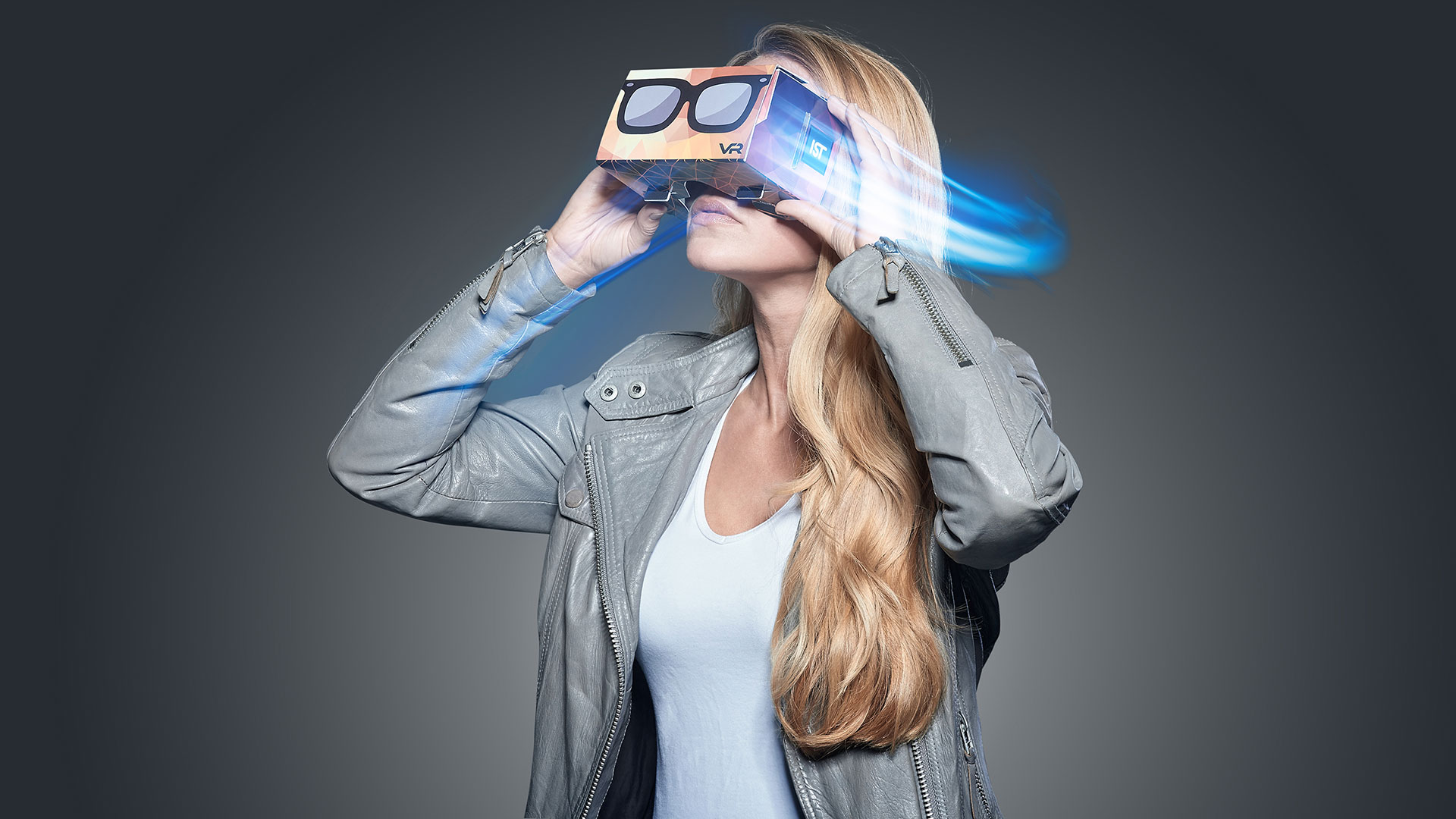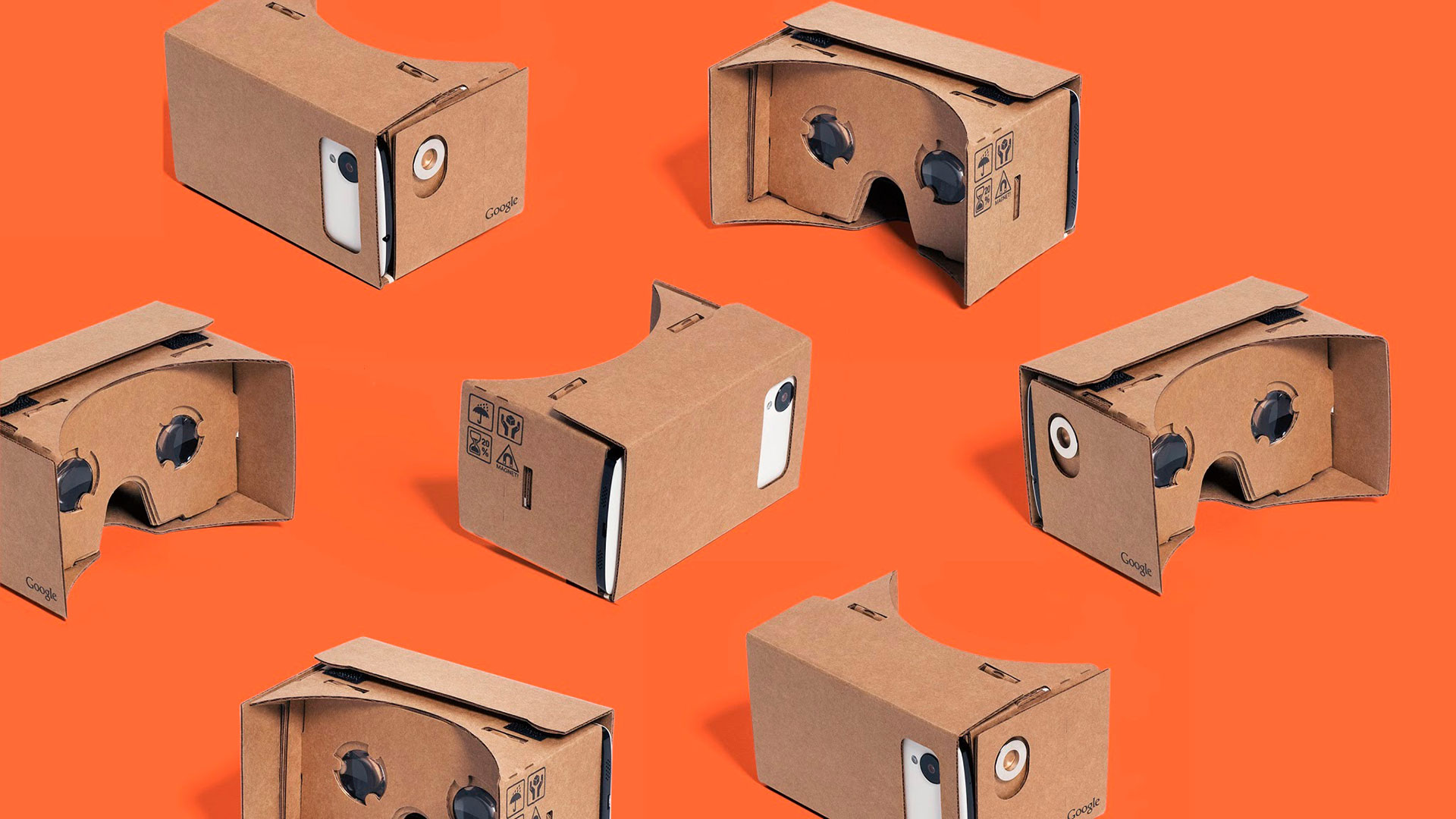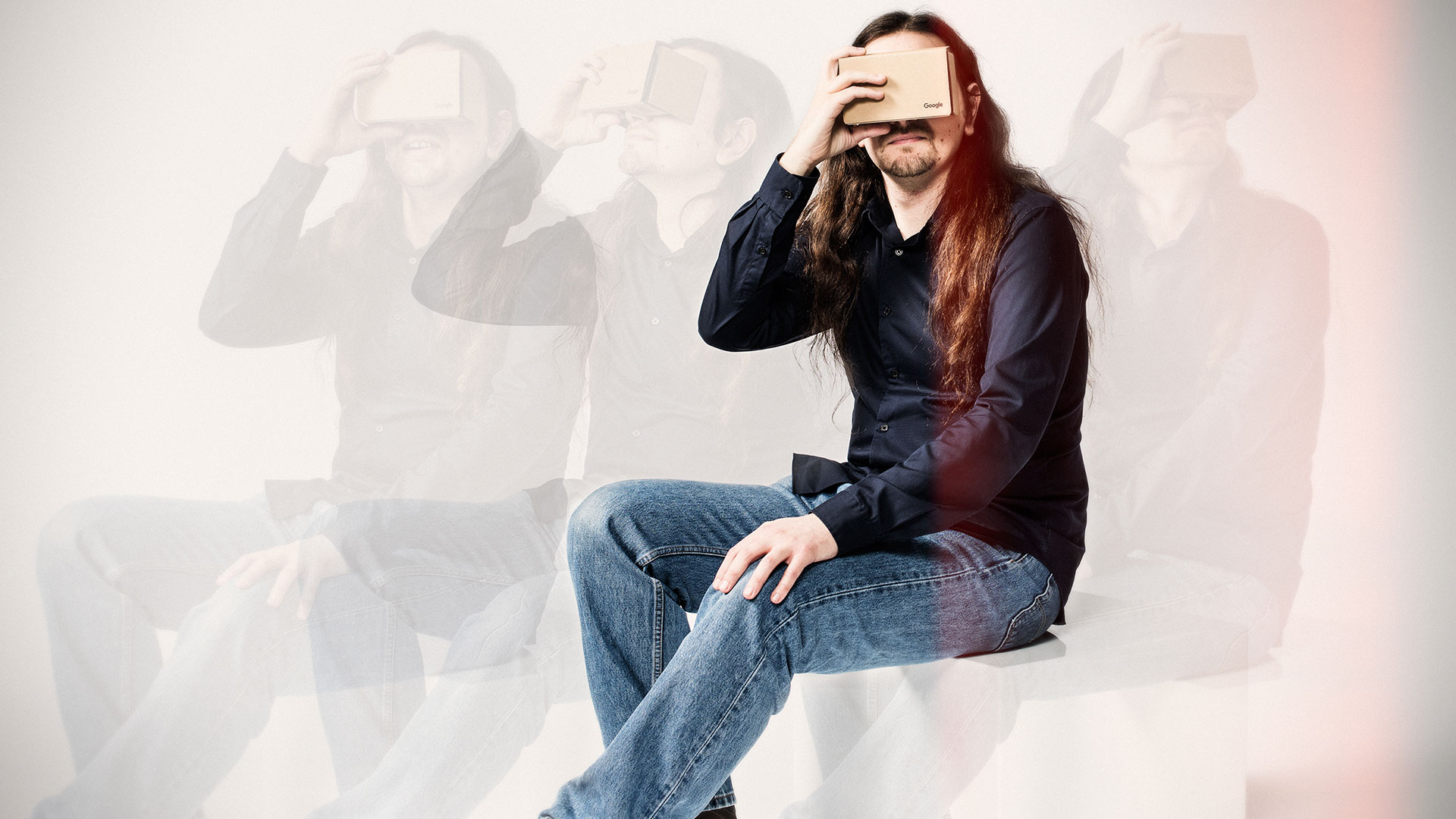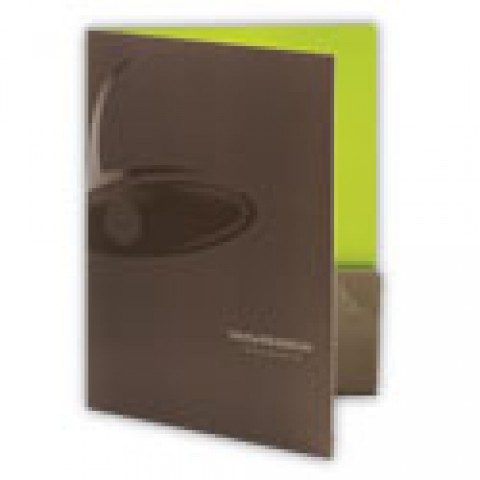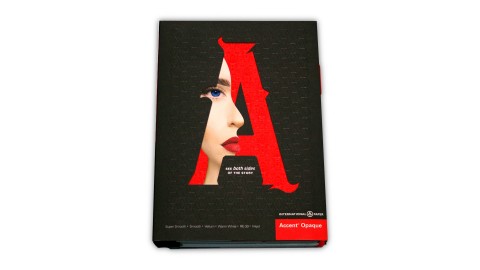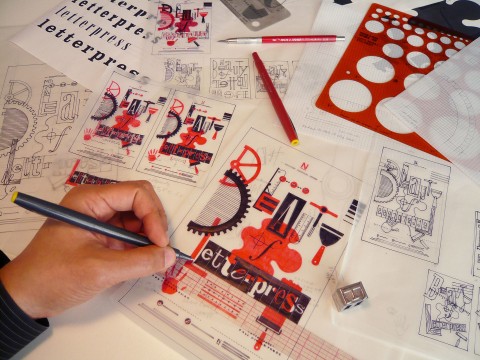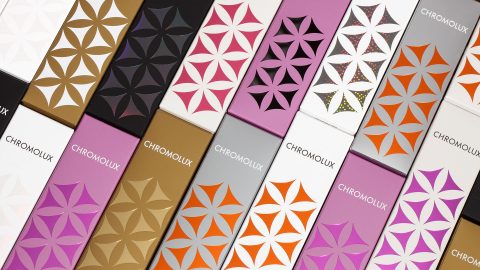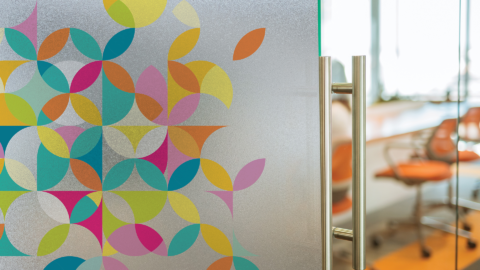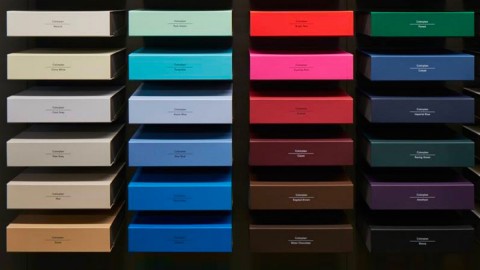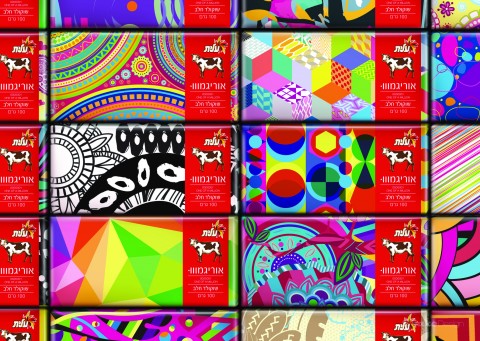Iggesund
If you’ve had the opportunity to dive headfirst into the astonishing virtual reality worlds offered by Google Cardboard, chances are you’ve had the same twin reactions most people do: the technology itself is jaw-dropping…but the cardboard case is pretty underwhelming.
Rather than being a complicated fancy designer product, the Cardboard package is pretty simple: just a piece of cardboard with lenses you fold into a headset. After that, you place your smartphone in front of the cardboard frame and it becomes a kind of 3D video screen. You control it by turning your head or using a small button on the side of the Cardboard frame.
Seeing the opportunity to bring together Google’s stunning software platform with the high-gloss beauty and sustainability of Invercote G, press giant Heidelberg and German UV-technology company IST Metz approached Iggesund to craft its own Google Cardboard headset, which it unveiled recently at the Drupa print media fair in Düsseldorf, Germany. The Invercote headsets were actually printed right there on the show floor for everyone to see.
“We did advance tests for stability and decided that Invercote was most suitable,” says Andreas Bosse, IST Metz’s head of marketing and communications. “VR glasses are printed on a very thick cardboard. We wanted a high gloss varnishing effect so we chose Invercote G 380 gsm.”
“Heidelberg and IST Metz turned to us…because Invercote makes it possible to have a good print result and an attractive design,” adds Robert Bryngelsson, project manager, market communications at Iggesund Paperboard.
As the headset for Google Cardboard is shipped flat and assembled by the end user, Invercote’s ability to fold without cracking also ensures that however it is customized, the design will always look perfect.
Developing the First Successful VR Platform
Journalist Martin Gelin visited Google’s headquarters in Silicon Valley recently for Iggesund’s award-winning Inspire magazine to discover just how Google is finally bringing virtual reality to life after decades of global anticipation. (You can read the full story here.) While there, he met Leandro Gracie Gil (pictured below), who personally developed Google Cardboard two years ago.
“I was in New Zealand on vacation recently and when I came back I could show my whole family what it felt like being there,” says Graciá Gil. “They could walk around on the same beaches I walked on and even hear the seagulls. The only thing missing was the smell of the ocean.”
In Silicon Valley, business analysts are now predicting that products in the VR ecosystem will generate more than $30 billion in annual revenue.
When asked why, after so many years of optimistic promises from the industry, VR finally seems to be taking off, Graciá Gil says, “It’s about technology finally catching up to what we want to do. VR technology used to be very expensive but now we already have 3D graphics technology on the phones in our pockets. That was unthinkable 20 or even 10 years ago.
“Another big improvement is what we call latency technology. That is, the time difference between the movement of your head and the movement of what you see on screen. It used to take much longer for the screen to adapt but now it’s just a few milliseconds, thanks to better gyroscope technology and better screen refreshing technology. They are really crucial because if the gap is too long between the movement and the screen adapting, the user gets nauseous.”
Google Cardboard has shipped more than 5 million units since it launched. There’s also a Cardboard app, which is the software you need to have on your smartphone to be able to use the headset. Three quick facts tell you all you need to know about the trajectory of Cardboard:
- Cardboard-compatible apps have been downloaded more than 25 million times while only 5 million headsets have shipped, strongly suggesting that a lot of people are sharing those headsets.
- More than 1,000 apps have been built specifically for use with Google Cardboard. (The most popular ones are games but there are also immersive travel experiences and clever educational apps.)
- According to Google, 750,000 photos have been created with the Google Cardboard Camera app.
Taking Google Cardboard for a Spin
In a conference room with big windows facing the spring landscape of Silicon Valley, Graciá Gil hands Gelin a Google Cardboard headset to demonstrate some of its fascinating features.
“I start taking a trip around the world,” says Gelin. “By simply moving my head around and touching the clever little button on the left of the Cardboard, I am able to zoom out from Mountain View, Calif. and fly across the planet, dipping down wherever I feel like it: Mauritius, Stockholm or Istanbul. I can travel the streets, the beaches, or the country roads of Texas, and it actually feels pretty close to the real thing.”
After Gelin removes the headset, Graciá Gil gives him a smile and says, “You know, you did the same thing that every person I have ever showed this to does. You had your mouth open the entire time!”
With the looming success of virtual reality, many of the leading minds in Silicon Valley are predicting a transformation of the tech industry as we know it. Mark Zuckerberg, for example, believes that VR posts will eventually overtake videos and photos as the most common media shared on the Facebook News Feed. Gelin asks Graciá Gil to envision where this technology will go in the future.
“There is so much we can’t even imagine yet,” he replies. “Our motto is that we always try to under promise and over deliver, so that people will keep using Cardboard with their mouths open, just like you did.”
Eager to experience the amazing virtual reality world of Google Cardboard for yourself? Enter to win one of 200 Invercote VR headsets right now! Hurry, offer ends July 14th! SORRY THIS OFFER HAS EXPIRED.

